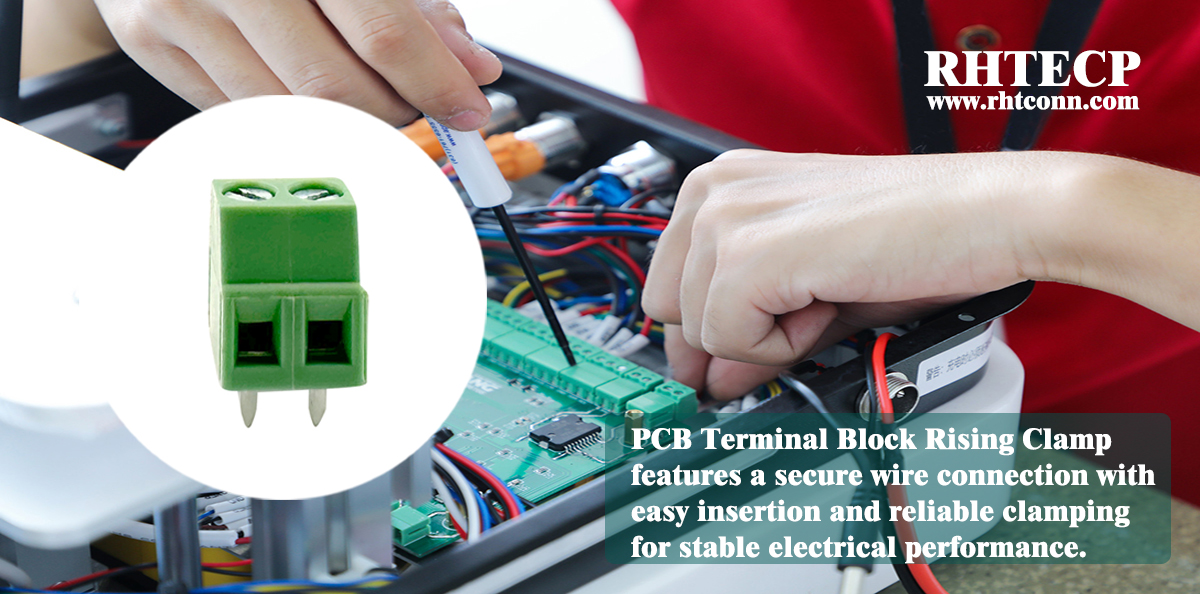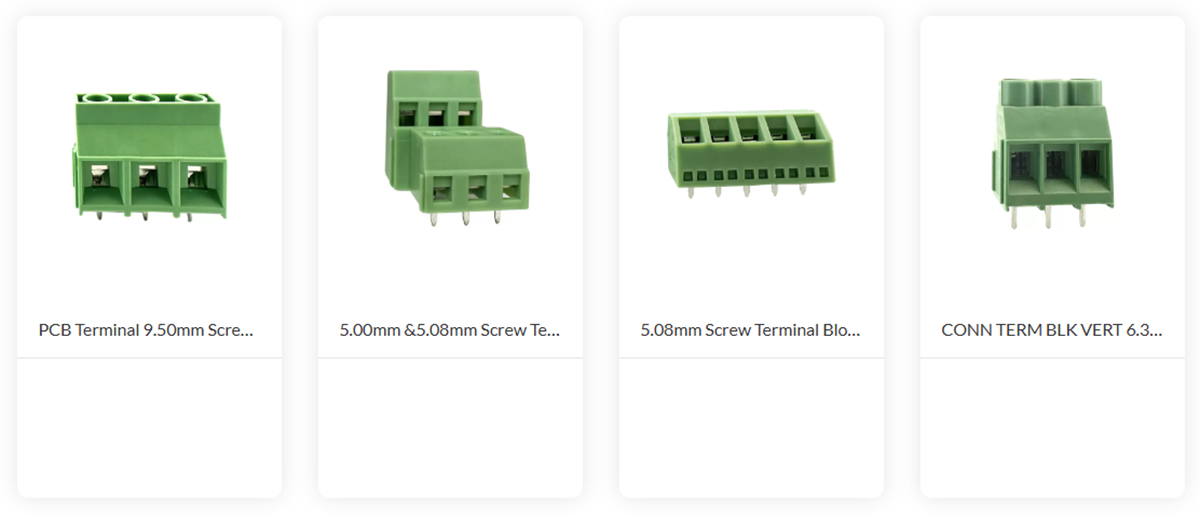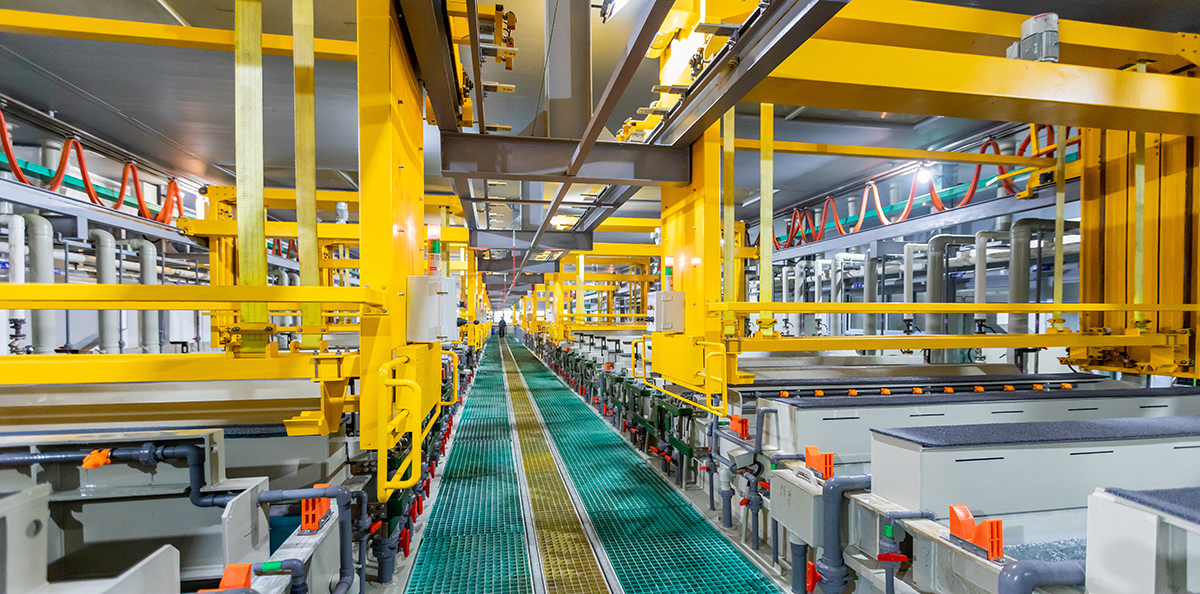
Introduction to PCB Terminal Block Rising Clamps and Their Significance
In modern electrical and electronic systems, PCB Terminal Block Rising Clamps have become vital components for secure and efficient wire connections. Recognized by leading terminal block suppliers, these devices provide reliable clamping solutions that ensure stable electrical performance. As circuits and PCB-based systems grow more complex, the need for dependable, modular connection points becomes critical. Rising clamp terminal blocks address common issues such as loose connections and signal interruptions, enhancing both safety and system reliability. They are widely applied in industrial machinery, control panels, automation systems, and various electronic devices, enabling seamless power distribution and communication.

PCB Terminal Block Rising Clamp Implementation
Definition of PCB Terminal Block Rising Clamps
PCB Terminal Block Rising Clamps are modular devices designed for easy wire
insertion and secure clamping directly on a printed circuit board (PCB). They
feature a rising clamp mechanism that firmly grips the wire when the screw is
tightened, ensuring reliable electrical contact without the risk of wire
loosening. These blocks are available in multiple pitch sizes, current ratings,
and connection configurations, making them suitable for a wide range of PCB
applications.

Application Scenarios for PCB Terminal Block Rising Clamps
The versatility of rising clamp terminal blocks allows them to be used across
numerous industries:
Advantages of Using PCB Terminal Block Rising Clamps
The use of rising clamp terminal blocks offers several benefits:
Next Steps: Guidance for Users
For optimal performance, users should consult the specific PCB Terminal Block Rising Clamp datasheets and installation guides. These resources provide crucial information on wiring methods, torque specifications, and recommended maintenance practices to ensure long-term reliability.
FAQ
Q: What are PCB Terminal Block Rising Clamps used for?
A: They are used to securely connect wires to PCBs, ensuring stable electrical
connections in automation, industrial, and electronic systems.
Q: How do I choose the right rising clamp terminal
block?
A: Consider factors like wire size, current rating, PCB pitch, and
environmental conditions.
Q: Can they handle high currents?
A: Yes, rising clamp blocks are available in models rated for a wide range of
currents, depending on design and application.
Conclusion
PCB Terminal Block Rising Clamps are indispensable for achieving safe, reliable, and maintainable wire connections on PCBs. Their design simplicity, combined with robust electrical performance, makes them a key choice for engineers and system designers. Understanding how to implement these components effectively will ensure optimal connectivity and long-term system stability.